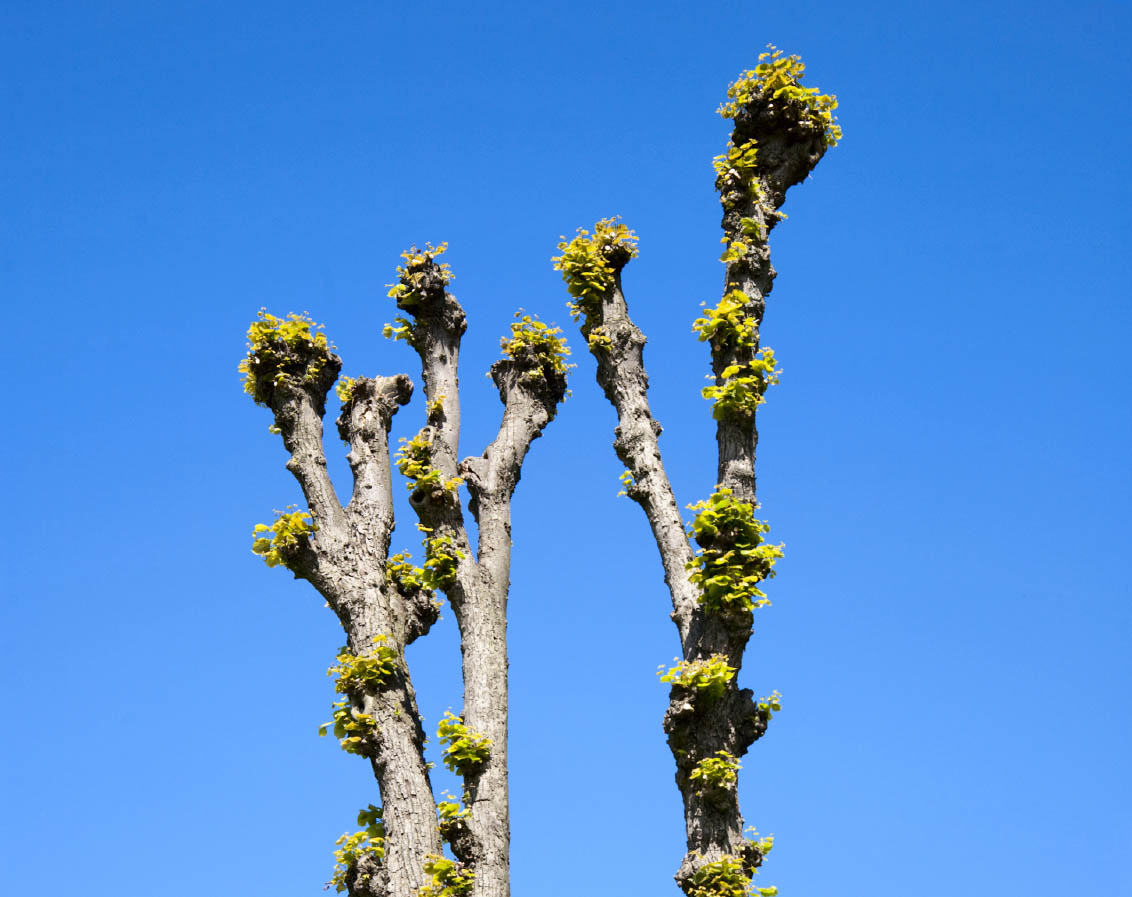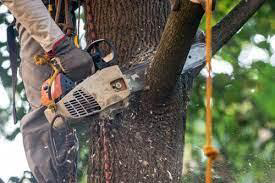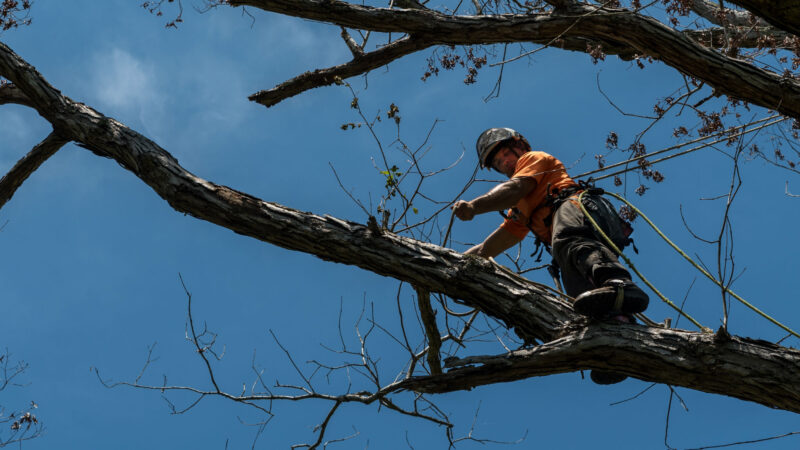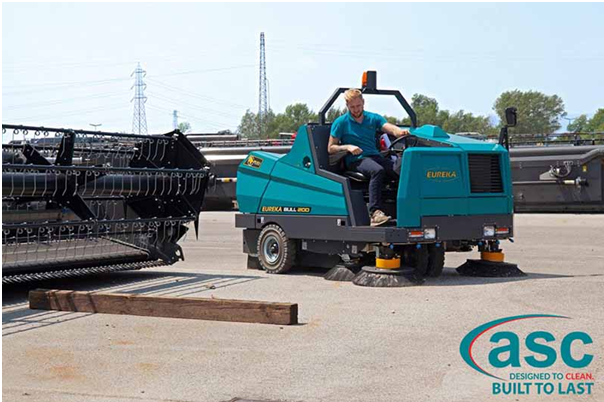Fancy yourself as a rather handy green thumb? That’s great, because as well as creating your own dream yard, gardening is great for your wellbeing, those plants and trees give you free, fresh food, and the cherry on the top is that it’s a lot of fun. But it’s crucial to be careful, too – particularly with your trees. Cutting or pruning those branches may seem simple enough, but the risk of over pruning must be addressed. Can simply cutting branches kill trees? The answer is yes. Here’s what you need to know.
Can cutting branches kill trees?
Before we get to the ‘can trimming a tree kill it’ question, let’s address something even more important. Can trimming a tree kill or harm you?
- Risk of falling
- Risk of being hit by branches/trees
- Risk of electrocution
- Risk of being injured by tools.
Of course, you avoid all of those significant risks by turning to the professionals from the off, as a trained arborist protects you, your family, your home & property and also the health and stability of your trees.
Even when it comes to something as apparently harmless as a spot of tree pruning or trimming, there are other risks to understand as well – such as how to trim a tree without killing it. Often, it’s a case of avoiding these 3 most common mistakes made when pruning trees.
Get it wrong and your next question might be how to tell if a tree is dying!
1. Pruning at the wrong time
Pruning in the winter – the less active season for most trees – tends to be less stressful for the tree itself, with healing more successful than before spring and pests less prevalent. It’s also easier for the person doing it to see the detail of the tree’s structure, whereas at other times – like autumn – will result in loss of new leaf and bud growth and greater energy demands for the tree.
2. Pruning incorrectly
‘Pruning’ is more than just hacking away at a branch. The most common pruning error is the so-called flush cut – when the branch is removed ‘flush’ with the trunk or larger branch it is attached to. Yes, it looks better, but the branch collar helps with the sealing and healing process. Get that wrong, and harmful pathogens and pests can invade. Even the opposite kind of cut – the stub cut – is incorrect, as the remaining branch prevents the necessary branch collar. Remove too much foliage and the tree’s very structure can be damaged, while the crown is left exposed to damage. Actually, there are several other ‘dos’ and ‘donts’ of pruning techniques, and only the experienced specialist is likely to know all of them.
3. Pruning with the wrong tools
No, whatever you’ve got lying around in the shed isn’t going to be enough. Arborists will only work with highly specialised and top-quality pruning instruments, including pruning shears, saws and loppers. Depending on the size and type of tree, a different tool will be necessary for clean, powerful, effortless cuts. Those who end up hacking away at a stubborn branch won’t just end the job exhausted and frustrated, but with a mangled up branch that’s now exposed your tree to the risk of poor recovery, disease, compromised integrity and pests.
Find out more here:
https://jctreeservices.com.au/hints-and-tips/over-pruning-trees/

 Jez
Jez






